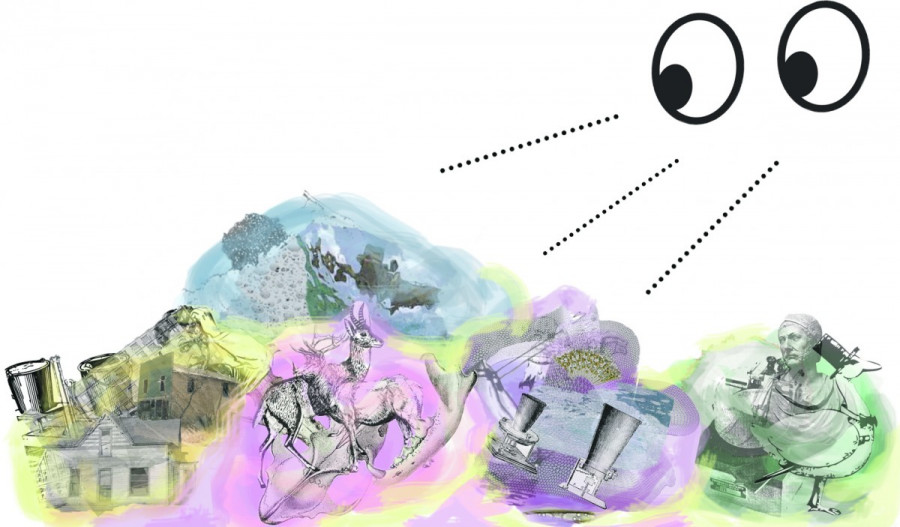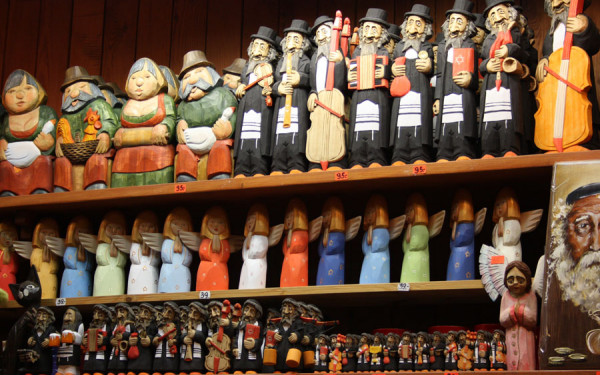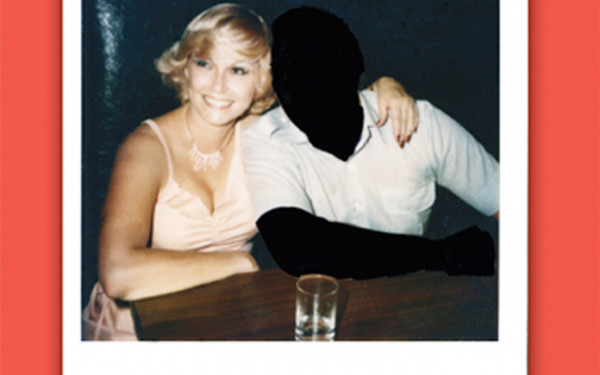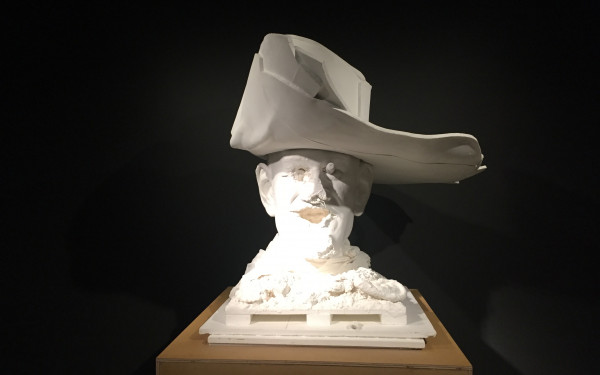Curating: It Ain’t An Easy Job
Co-curator of BNLMTL 2014 Discusses the Trouble with Taxidermy
The international art world has been increasingly affected by globalization, through the saturation of mobility and communication technologies. International exhibitions play a key role for prominent, rising cities in exposing the artistic activities taking place within them.
At the Afternoons at the Institute lecture series held in Concordia’s EV Building, Peggy Gale, an independent critic and co-curator of the BNLMTL 2014, discussed the curatorial strategies, themes and conditions used at this year’s event focusing on L’avenir (looking forward).
Gale explained that the five main focuses of the exhibition were water, ecology, liquidity, displacement and other politics.
Taxidermy on display represented ecology, Arabic writing transformed into a collection of photographs spoke of displacement, while portraits of a young woman featured in an air traffic control tower accentuated liquidity.
Anna and the Tower is a film by Lynne Marsh featuring a young woman named Anna in a tiny airport just outside of Berlin. Taking her inspiration from her father, who was an avid flyer, Anna became fully qualified as an air traffic controller. The caveat is that she does not often get the chance to put her skills to use.
“Anna is at her post in the dark, but basically there are no planes. The piece is about looking forward, but the future is just always over the edge,” Gale explained.
Gale collaborated with other art curators for the exhibition, but found herself butting heads with Biennale co-creator Gregory Burke.
“Greg has a much more theoretical and sociological approach than I do,” Gale said. “My own approach is far more intuitive. I tend not to look at the ideas behind the work, I tend to look at what it looks like or what the artist is saying in words.”
Despite the difficulties faced due to the opposing viewpoints between the two curators, they found common ground on the overall selection of artworks and themes to work with.
“We didn’t speak the same interpretive language, but we came down to liking the same notions,” she said.
A taxidermied deer was on display behind a steel art sculpture spelling out the word “Eternity.” Next to it were three tiny beautifully coloured birds. These pieces have been tactfully positioned to symbolize the dark future of the environment based on unsustainable and destructive practices, explained Gale.
“It’s not easy to put a deer out that’s going to make sense to somebody, and it’s not going to be tripped over by somebody else,” Gale explained.
According to artist Abbas Akhavan, putting the birds on display was even trickier than the problems encountered with the deer, because of the fear that people would steal them. The challenge of both pieces was to emphasize the livelessness of the animals.
“Akhavan did not want the animals to look bright and chipper…he wanted them to look dead because he wanted to evoke how this state represented the future. The animals are disappearing,” Gale said.
In sync with the message of sustainability the exhibition highlighted, the animals were obtained ethically. The deer pelt was donated after it was hunted and used for food and the birds were donated after having died of natural causes, Gale explained.
The execution of an artist’s concept doesn’t always go according to plan. This is where Gale comes to the rescue, revising pieces within their limitations and guidelines.
The piece by artist Taysir Batniji was supposed to feature large-scale Arabic writing with a message in a unique type of paint, although issues were encountered.
“In Arabic [the painting was supposed to say] ‘no condition is permanent.’ In my mind, this was a subtitle for the entire exhibition,” Gale said.
“The piece was going to be painted in a very particular type of paint that shifts depending on the light or angle you’re at[…]but the paint wouldn’t work,” she explained.
Gale considered writing the phrase on little bars of soap that visitors could take away to emphasize the message of impermanence. Despite having a contract with a local soap factory, the order fell through.
“We ended up with a collection of photographs of borders and transitional barriers [to emphasize that] wherever you are, you are always next to something else,” she said.


_600_832_s.png)




